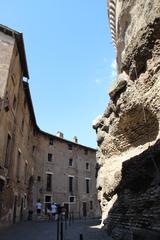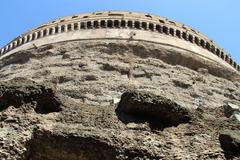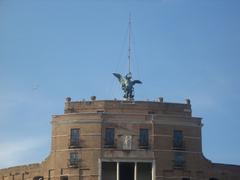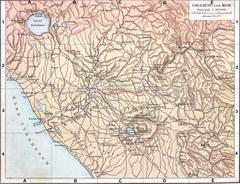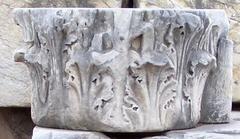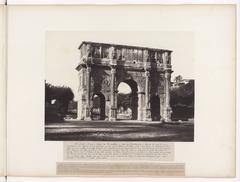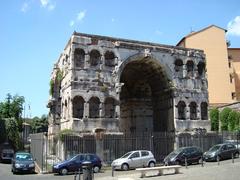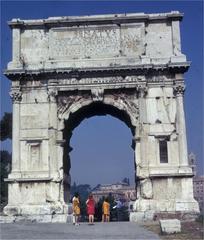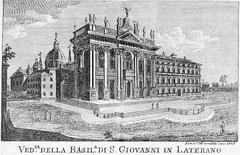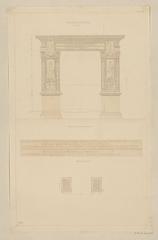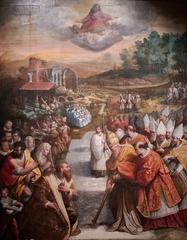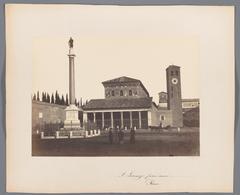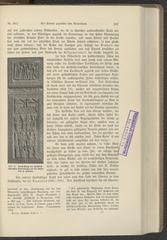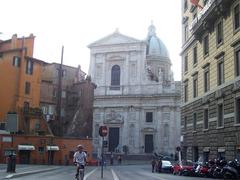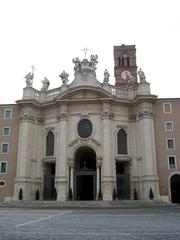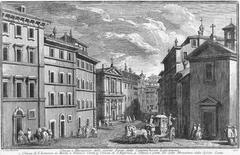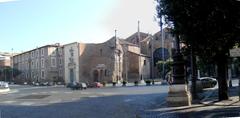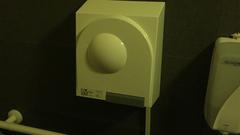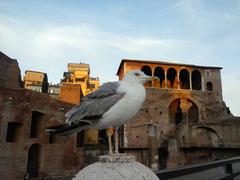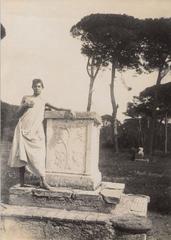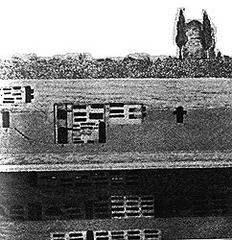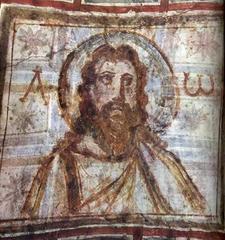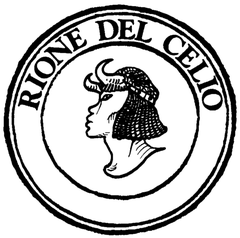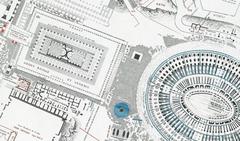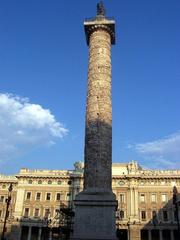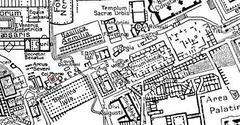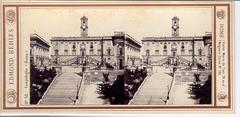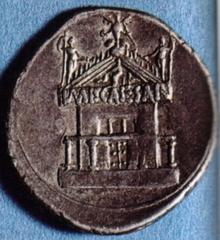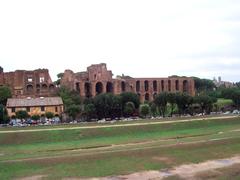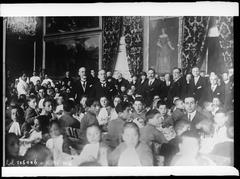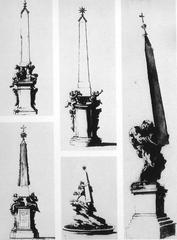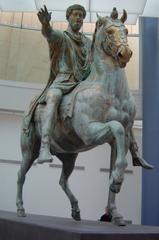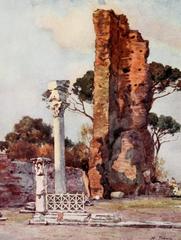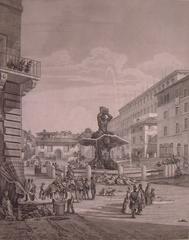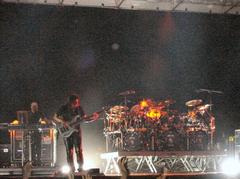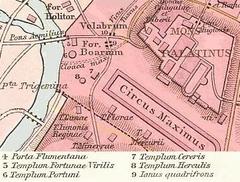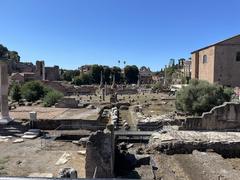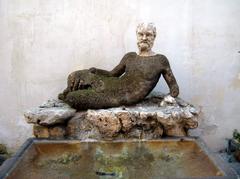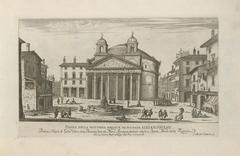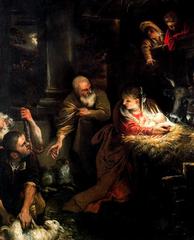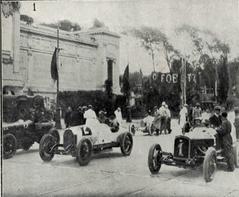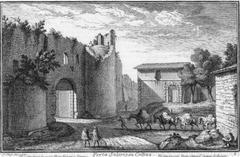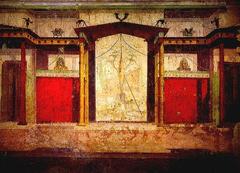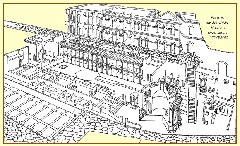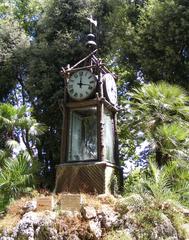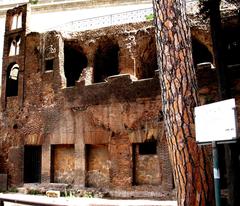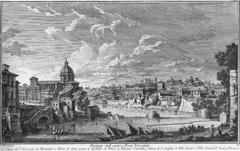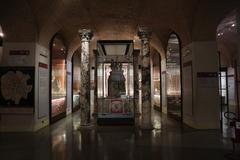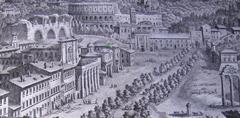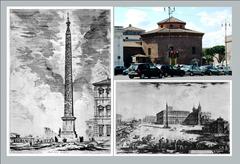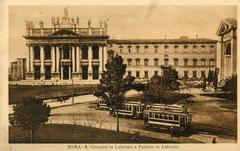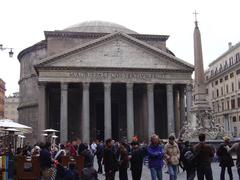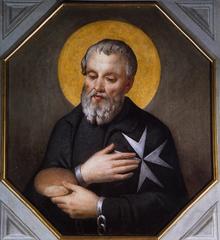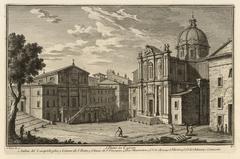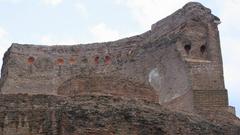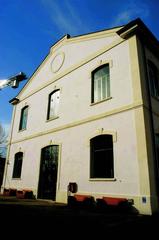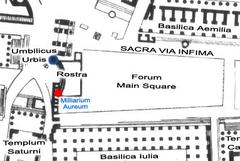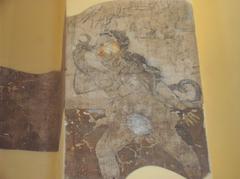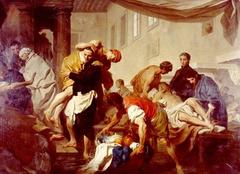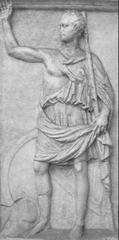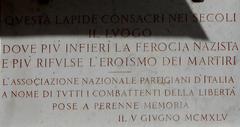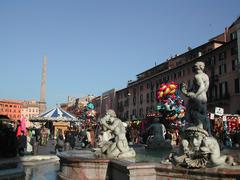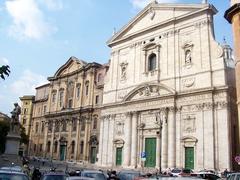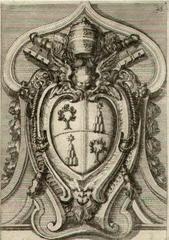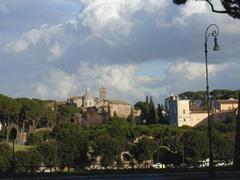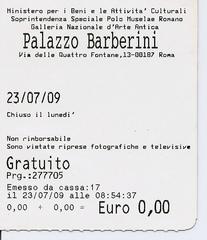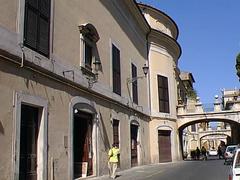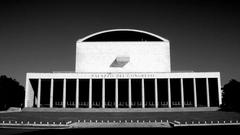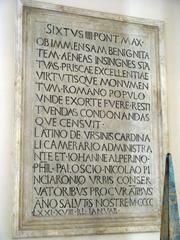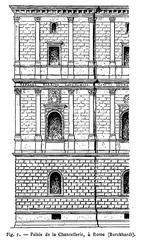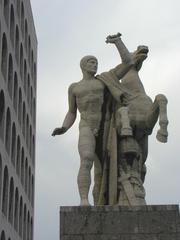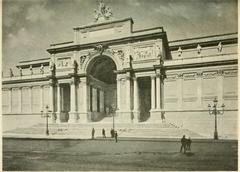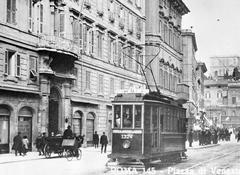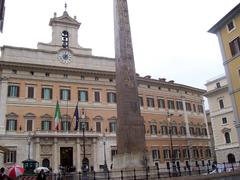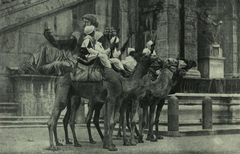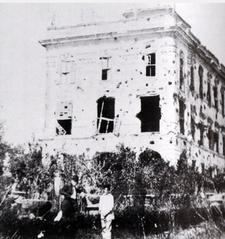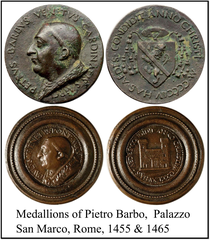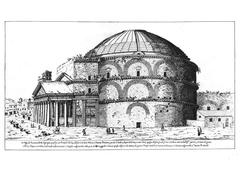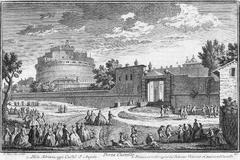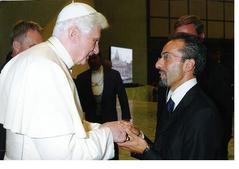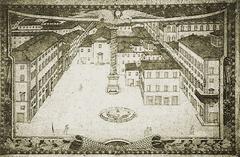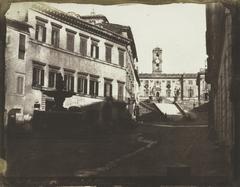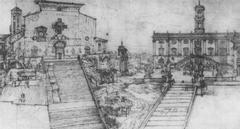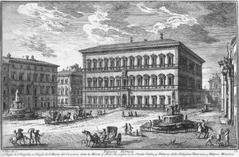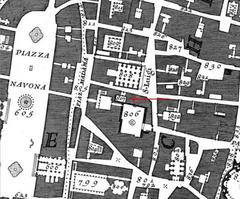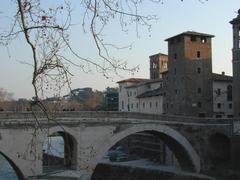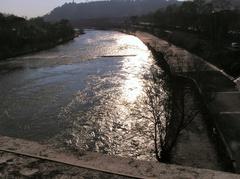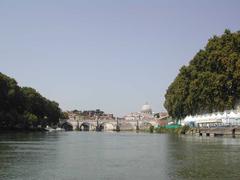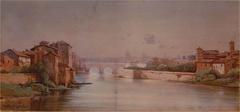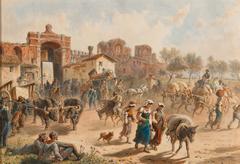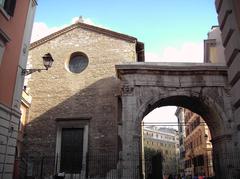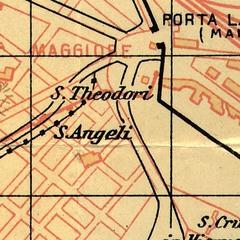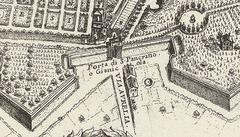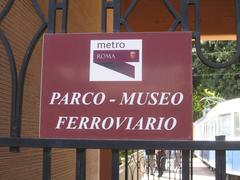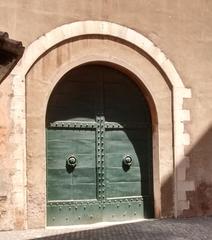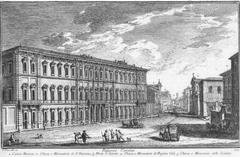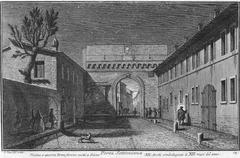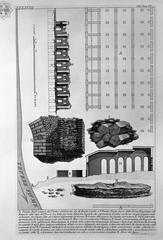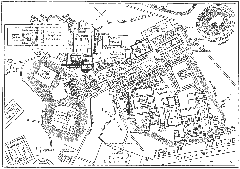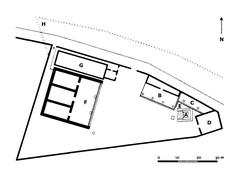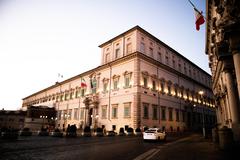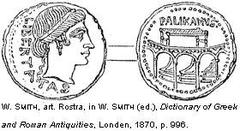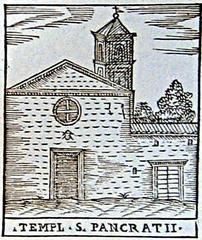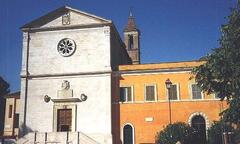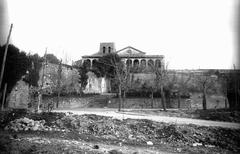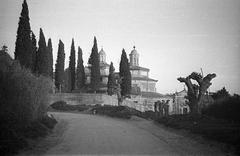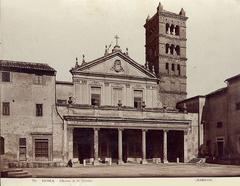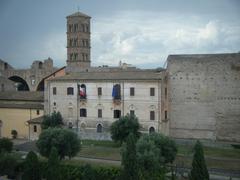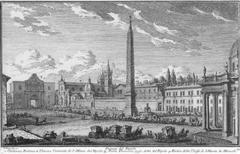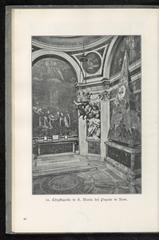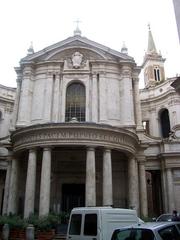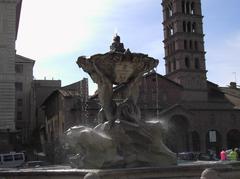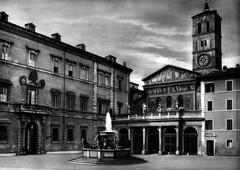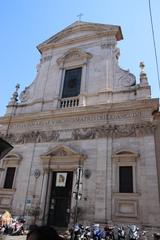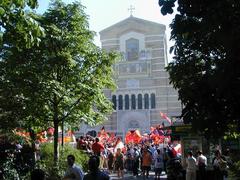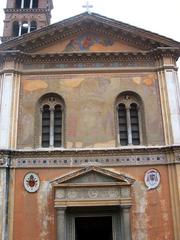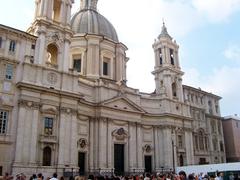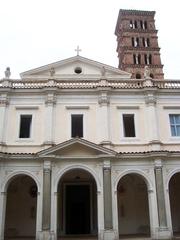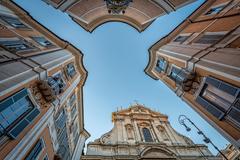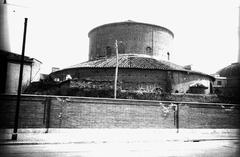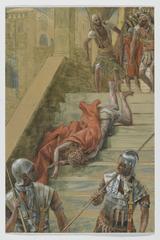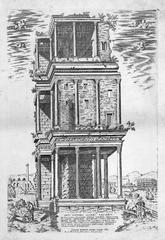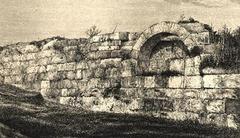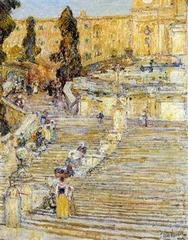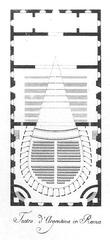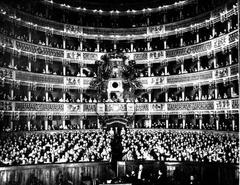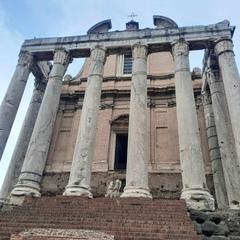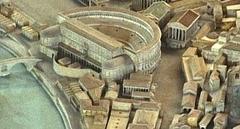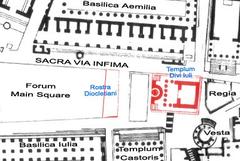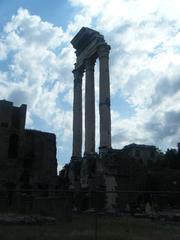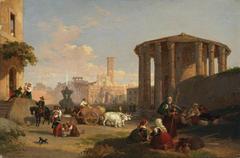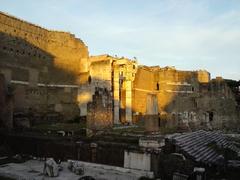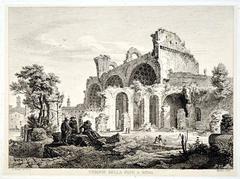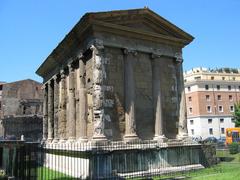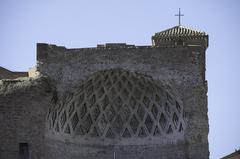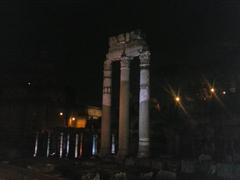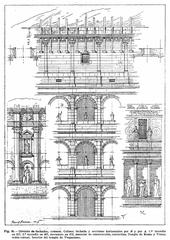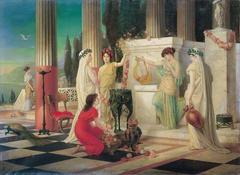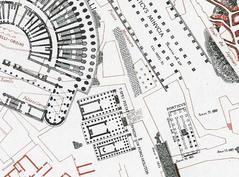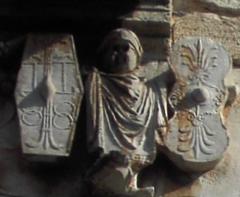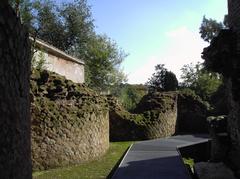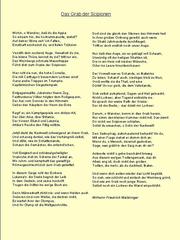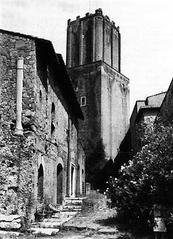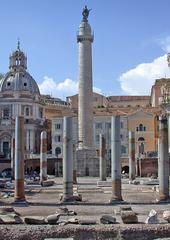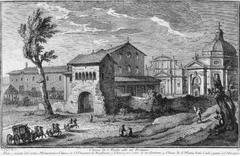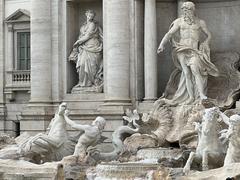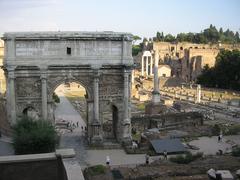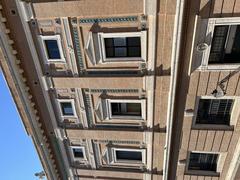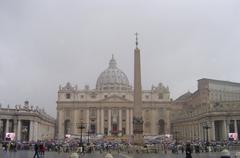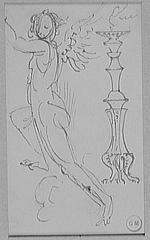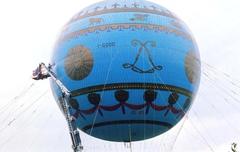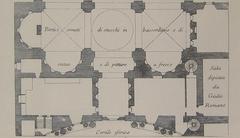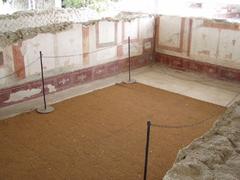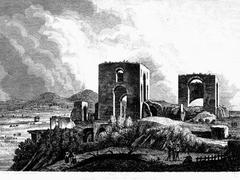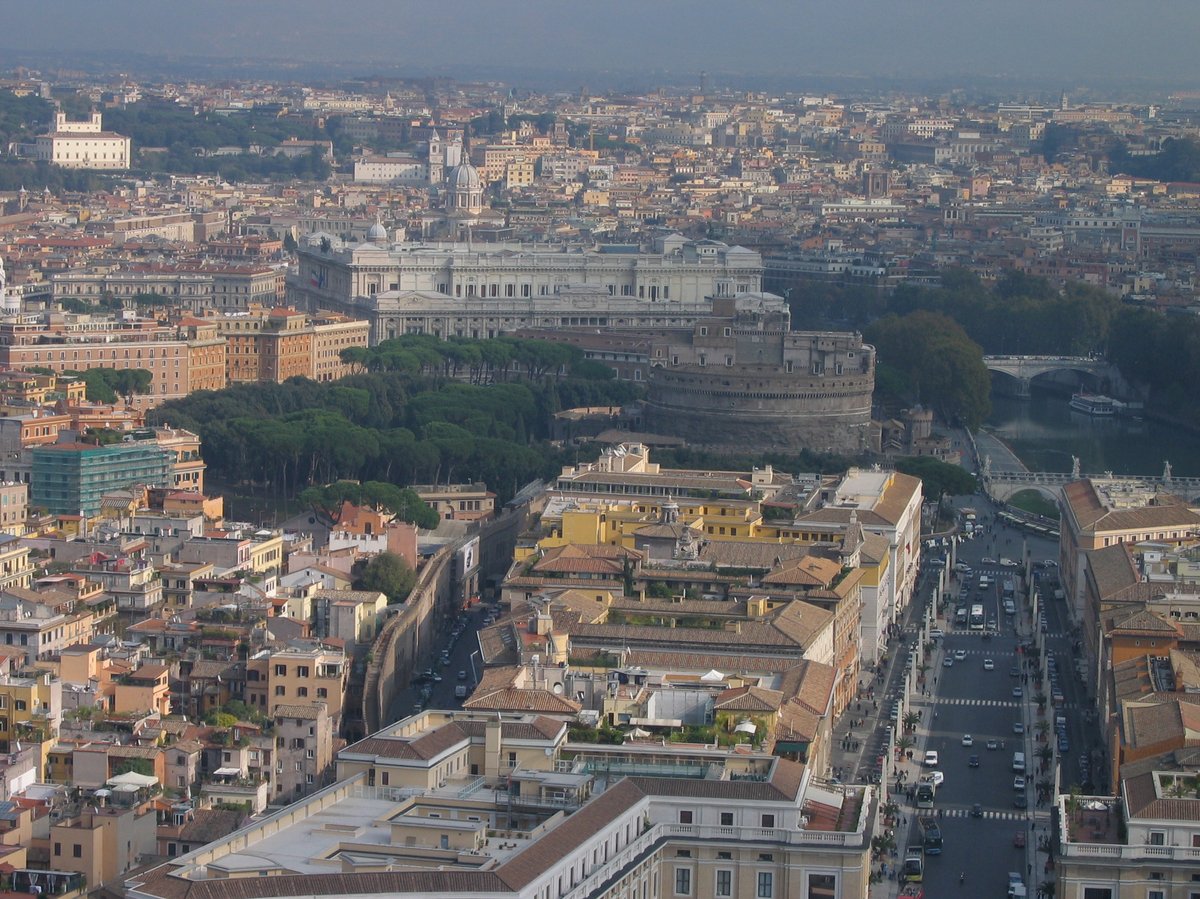
Visiting Castel Sant’Angelo: History, Tickets, and Tips
Date: 16/07/2024
Introduction
Nestled along the banks of the Tiber River, Castel Sant’Angelo stands as a testament to Rome’s rich and tumultuous history. Originally built as a mausoleum for Emperor Hadrian, this iconic fortress has evolved through the centuries, serving as a military stronghold, a papal refuge, and now, a museum that captivates visitors from around the world. Visiting Castel Sant’Angelo offers a fascinating journey through time, revealing layers of Roman, medieval, and Renaissance history. In this comprehensive guide, you’ll find everything you need to know about visiting Castel Sant’Angelo, from its historical significance and architectural marvels to practical tips for making the most of your visit. Whether you are a history enthusiast, an architecture aficionado, or simply a curious traveler, Castel Sant’Angelo promises an enriching experience that highlights the dynamic history of Rome itself. For a deeper dive into its past and present, this guide will cover the monument’s history, cultural significance, visitor information, travel tips, and more. (Rome.net) (History.com) (Vatican.com).
Table of Contents
- [Introduction](#introductionintroduction)
- [History of Castel Sant’Angelo](#history-of-castel-santangelohistory-of-castel-santangelo)
- [Origins and Early History](#origins-and-early-historyorigins-and-early-history)
- [Transformation into a Fortress](#transformation-into-a-fortresstransformation-into-a-fortress)
- [Papal Residence and Refuge](#papal-residence-and-refugepapal-residence-and-refuge)
- [Renaissance and Baroque Modifications](#renaissance-and-baroque-modificationsrenaissance-and-baroque-modifications)
- [Modern Era and Museum](#modern-era-and-museummodern-era-and-museum)
- [Significance of Castel Sant’Angelo](#significance-of-castel-santangelosignificance-of-castel-santangelo)
- [Architectural Significance](#architectural-significancearchitectural-significance)
- [Cultural and Historical Importance](#cultural-and-historical-importancecultural-and-historical-importance)
- [Visitor Tips for a Memorable Experience](#visitor-tips-for-a-memorable-experiencevisitor-tips-for-a-memorable-experience)
- [Best Time to Visit](#best-time-to-visitbest-time-to-visit)
- [Tickets and Guided Tours](#tickets-and-guided-tourstickets-and-guided-tours)
- [Special Events and Guided Tours](#special-events-and-guided-toursspecial-events-and-guided-tours)
- [Exploring the Castle](#exploring-the-castleexploring-the-castle)
- [Accessibility and Amenities](#accessibility-and-amenitiesaccessibility-and-amenities)
- [Nearby Attractions](#nearby-attractionsnearby-attractions)
- [Frequently Asked Questions (FAQ)](#frequently-asked-questions-faqfrequently-asked-questions-faq)
- [Conclusion](#conclusionconclusion)
- [References](#referencesreferences)
History of Castel Sant’Angelo
Origins and Early History
Castel Sant’Angelo, originally known as the Mausoleum of Hadrian, was commissioned by Emperor Hadrian as a mausoleum for himself and his family. Construction began in AD 135 and was completed in AD 139, a year after Hadrian’s death. The structure was initially a cylindrical building with a diameter of 64 meters and a height of 20 meters, topped with a garden and a golden quadriga. The mausoleum was connected to the city by the Pons Aelius, now known as the Ponte Sant’Angelo, a bridge built by Hadrian in AD 134 (Rome.net).
Transformation into a Fortress
In the 5th century, the mausoleum was converted into a military fortress by the Roman general Flavius Aetius. This transformation was part of a broader trend during the decline of the Roman Empire, where many monumental structures were repurposed for defensive needs. The strategic location of the mausoleum near the Tiber River and the Vatican made it an ideal fortification. Over the centuries, the structure was further fortified with walls, towers, and a moat (History.com).
Papal Residence and Refuge
By the 14th century, Castel Sant’Angelo had become a refuge for the popes during times of danger. Pope Nicholas III (1277-1280) connected the castle to St. Peter’s Basilica via the Passetto di Borgo, a fortified corridor that allowed the pope to escape to the safety of the castle in case of an attack. This passageway played a crucial role during the Sack of Rome in 1527, when Pope Clement VII used it to flee from the invading troops of Charles V (Vatican.com).
Renaissance and Baroque Modifications
During the Renaissance, Castel Sant’Angelo underwent significant modifications under the direction of various popes. Pope Alexander VI (1492-1503) added luxurious apartments, while Pope Paul III (1534-1549) commissioned the construction of the Sala Paolina, a richly decorated hall with frescoes by Perin del Vaga. The castle also served as a prison, with notable inmates including the sculptor Benvenuto Cellini and the philosopher Giordano Bruno (ItalyGuides.it).
Modern Era and Museum
In the 19th century, Castel Sant’Angelo was decommissioned as a military fortress and converted into a museum. Today, it houses the Museo Nazionale di Castel Sant’Angelo, which features a vast collection of art, weaponry, and historical artifacts. The museum offers visitors a glimpse into the castle’s multifaceted history, from its origins as a mausoleum to its role as a papal fortress and prison (Musei in Comune Roma).
Significance of Castel Sant’Angelo
Architectural Significance
Castel Sant’Angelo is a unique architectural structure that reflects the various phases of its history. The original mausoleum’s cylindrical shape and massive stone construction are characteristic of Roman imperial architecture. The later additions, including the fortifications and papal apartments, showcase the evolution of military and residential architecture from the medieval to the Renaissance periods. The castle’s blend of architectural styles makes it a valuable study for historians and architects alike (ArchDaily).
Cultural and Historical Importance
The castle’s rich history and its association with significant historical events and figures make it an important cultural landmark. It has witnessed the rise and fall of empires, the struggles of the papacy, and the artistic achievements of the Renaissance. Its role as a refuge for popes and a prison for notable figures adds to its historical intrigue. The castle’s transformation over the centuries reflects the broader historical and cultural shifts in Rome and Italy (Smithsonian Magazine).
Visitor Tips for a Memorable Experience
Best Time to Visit
The best time to visit Castel Sant’Angelo is during the spring (April to June) and fall (September to October) when the weather is mild, and the tourist crowds are smaller. Visiting early in the morning or late in the afternoon can also help avoid the peak tourist hours. The castle is open year-round, but it is advisable to check the official website for any changes in opening hours or special events.
Tickets and Guided Tours
Tickets can be purchased online or at the entrance. It is recommended to buy tickets in advance, especially during the peak tourist season, to avoid long lines. Guided tours are available and provide valuable insights into the castle’s history and architecture. Audio guides are also available for those who prefer a self-guided tour (GetYourGuide).
Special Events and Guided Tours
Castel Sant’Angelo hosts various special events throughout the year, including art exhibitions, historical reenactments, and musical performances. Guided tours are often tailored to these events, offering a unique perspective on the castle’s history and architecture. Check the official website for the latest information on upcoming events and specialized tours.
Exploring the Castle
Visitors should allocate at least two to three hours to explore the castle thoroughly. Key areas to visit include the papal apartments, the Sala Paolina, the prison cells, and the terrace, which offers stunning views of Rome and the Vatican. The museum’s exhibits provide a comprehensive overview of the castle’s history and its various uses over the centuries (TripAdvisor).
Accessibility and Amenities
Castel Sant’Angelo is accessible to visitors with disabilities, with ramps and elevators available in most areas. The castle also has a café and a gift shop where visitors can purchase souvenirs. Restrooms are available on-site, and there are several benches and seating areas throughout the castle for visitors to rest (Rome Accessibility Guide).
Nearby Attractions
Castel Sant’Angelo is conveniently located near several other major attractions in Rome, including St. Peter’s Basilica, the Vatican Museums, and the Piazza Navona. Visitors can easily combine a visit to the castle with a tour of these nearby sites. The Ponte Sant’Angelo, with its beautiful statues of angels, is also worth a visit and provides a picturesque route to the castle (Lonely Planet).
Frequently Asked Questions (FAQ)
What are the opening hours of Castel Sant’Angelo?
Castel Sant’Angelo is open daily from 9:00 AM to 7:30 PM, with the last admission at 6:30 PM. These hours may vary on holidays and during special events. It is advisable to check the official website for the most up-to-date information.
How can I buy tickets for Castel Sant’Angelo?
Tickets can be purchased online through the official website or at the entrance. Buying tickets in advance is recommended to avoid long queues, especially during the peak tourist season.
Is Castel Sant’Angelo accessible to visitors with disabilities?
Yes, Castel Sant’Angelo is accessible to visitors with disabilities, with ramps and elevators available in most areas. It is advisable to check the accessibility features on the official website before visiting.
What special events can visitors expect at Castel Sant’Angelo?
Castel Sant’Angelo hosts various special events throughout the year, including art exhibitions, historical reenactments, and musical performances. Check the official website for the latest information on upcoming events.
Conclusion
Castel Sant’Angelo’s significance lies in its rich and varied history, its architectural and artistic contributions, and its role as a cultural and historical landmark in modern-day Rome. Its transformation from a mausoleum to a fortress, papal residence, prison, and now a museum and cultural venue, reflects the dynamic history of Rome itself. The castle’s unique blend of Roman, medieval, and Renaissance architectural elements, along with its collection of artworks and historical artifacts, make it a must-visit destination for anyone interested in Rome’s past. By following the tips and information provided in this guide, visitors can ensure a memorable and enriching experience at this iconic historical site.
For more updates and information, download the mobile app Audiala, check out other related posts, or follow us on social media (Rome.net) (History.com) (Musei in Comune Roma).
References
- Rome.net. (n.d.). Castel Sant’Angelo. Retrieved from Rome.net
- History.com. (n.d.). Castel Sant’Angelo. Retrieved from History.com
- Vatican.com. (n.d.). Castel Sant’Angelo. Retrieved from Vatican.com
- Encyclopaedia Britannica. (n.d.). Castel Sant’Angelo. Retrieved from Encyclopaedia Britannica
- Rome Art Lover. (n.d.). Castel Sant’Angelo. Retrieved from Rome Art Lover
- Cellini, B. (1995). The Autobiography of Benvenuto Cellini. Penguin Classics. Retrieved from Penguin Random House
- Sacred Destinations. (n.d.). Castel Sant’Angelo. Retrieved from Sacred Destinations
- Museo Nazionale di Castel Sant’Angelo. (n.d.). Retrieved from Museo Nazionale di Castel Sant’Angelo
- Vatican Museums. (n.d.). Retrieved from Vatican Museums
- Lonely Planet. (n.d.). Castel Sant’Angelo. Retrieved from Lonely Planet
- TripAdvisor. (n.d.). Castel Sant’Angelo. Retrieved from TripAdvisor
- Rome Accessibility Guide. (n.d.). Castel Sant’Angelo. Retrieved from Rome Accessibility Guide

